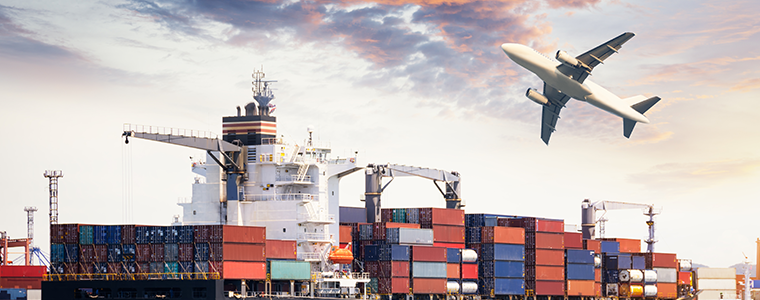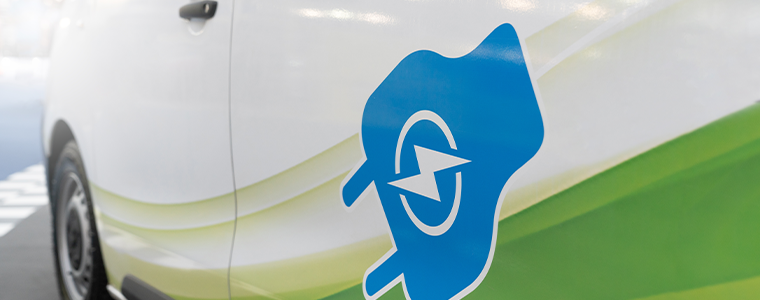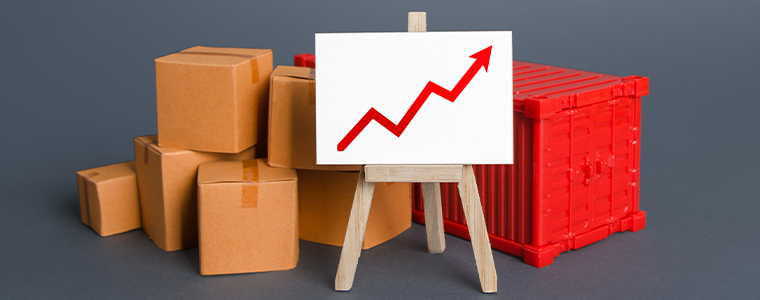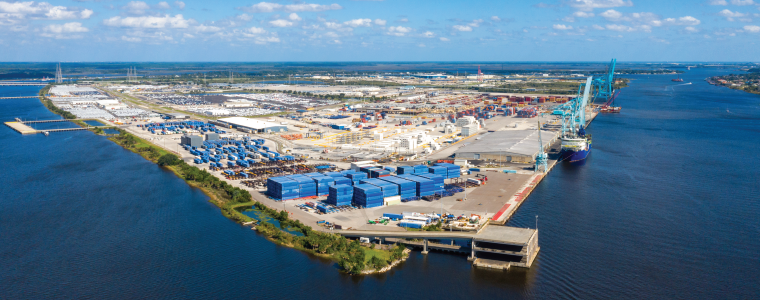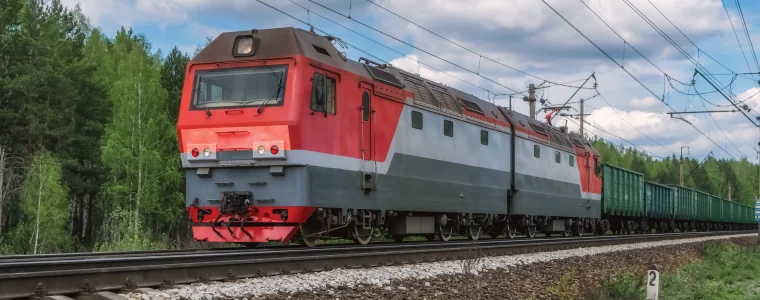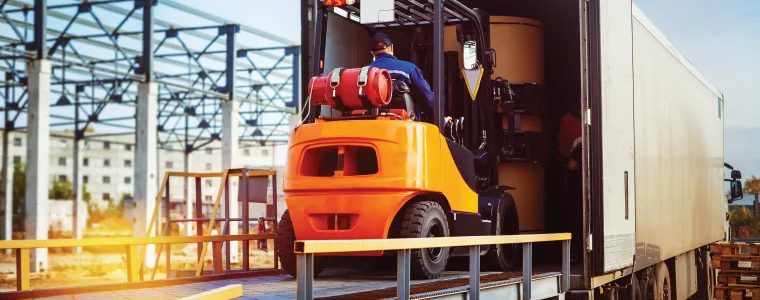What Is an Indirect Air Carrier? And When to Use One
When you need goods or supplies ASAP, then sending them by air is your fastest, most reliable method to get your shipment to its destination. For some shipments, it might feel easy to call UPS, FedEx, or DHL. However, these types of carriers have their limitations—especially when you’re shipping items to Hawaii. In this article, we’ll show you why you might want to expand your list of Hawaii air freight options to include indirect air carriers. IACs, like freight forwarders, can often offer you cheaper, faster, and more flexible options for moving air cargo. They might also be the right choice for your next...
Read More